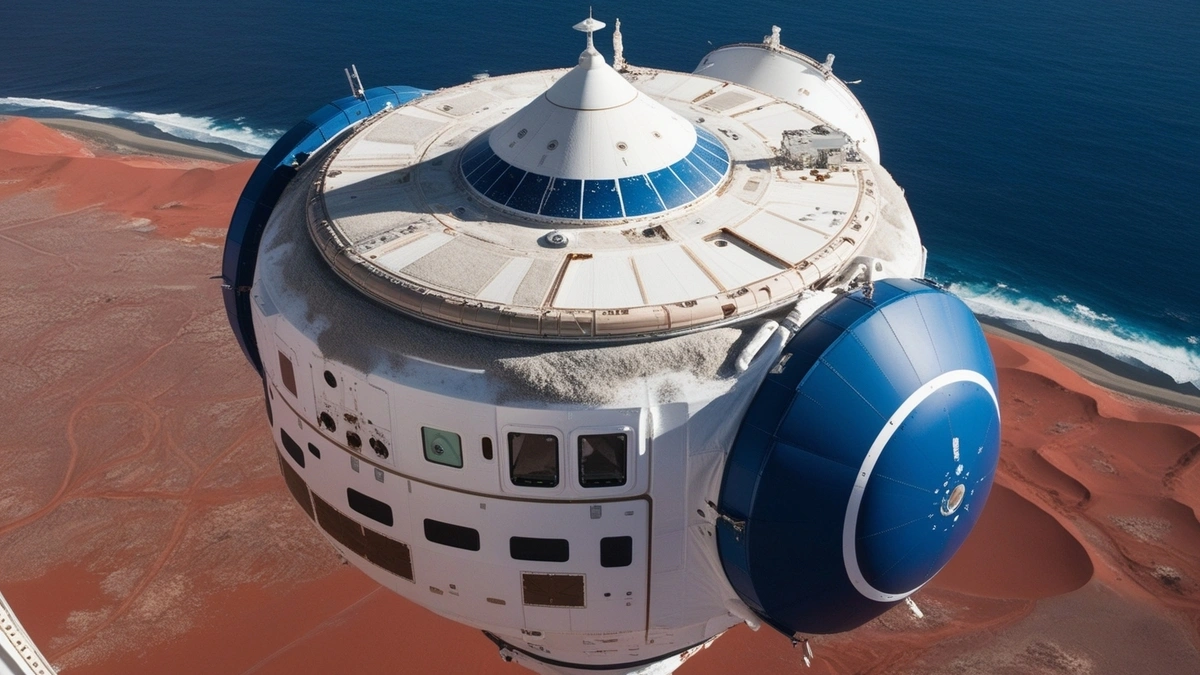Boeing has announced that it expects to report additional losses for its CST-100 Starliner commercial crew program in its upcoming fourth-quarter financial results. In a press release on January 23, the company projected a significant $1.7 billion in charges against earnings, with a substantial portion allocated to its Defense, Space, and Security business unit. While most of these charges are related to other programs, such as the KC-46A tanker and the T-7A trainer aircraft, the Starliner program is also expected to contribute a $400 million charge.
Details of the Projected Charges
Boeing’s total expected charges of $1.7 billion cover five major programs, with the bulk of the charges affecting two key defense projects:
- KC-46A Tanker: $800 million
- T-7A Trainer Aircraft: $500 million
The remaining $400 million in charges will be distributed among the CST-100 Starliner, VC-25B presidential aircraft, and MQ-25 drone programs. While Boeing provided few specifics about the charges, these figures mark an ongoing trend of financial difficulties within the company’s space-related initiatives.
This warning follows a similar announcement in October when Boeing initially anticipated $2 billion in charges for the third quarter of 2024. Of that, $1.6 billion was expected to stem from the KC-46A and T-7A programs. The company reported $250 million in charges related to the Starliner program during the third quarter.
Starliner’s Struggles and Delays
The Starliner program, which aims to transport astronauts to the International Space Station (ISS), has faced significant delays and technical setbacks. Despite Boeing’s initial optimism, the program has encountered multiple issues, particularly regarding the spacecraft’s performance and certification process.
In September 2024, Starliner completed its Crew Flight Test mission without crew on board, landing safely in White Sands, New Mexico. However, NASA chose to keep astronauts Butch Wilmore and Suni Williams aboard the ISS instead of sending them back on Starliner due to concerns about malfunctions with the spacecraft’s thrusters during the journey to the station.
NASA has been cautious about the future of the Starliner program, especially following the unsuccessful Crew Flight Test. In October, NASA confirmed that it would push back the first operational mission of Starliner beyond 2025. For upcoming missions, NASA opted to continue using SpaceX’s Crew Dragon spacecraft, with the Crew-10 mission set to launch in March and Crew-11 in late summer.
NASA stated, “The timing and configuration of Starliner’s next flight will be determined once a better understanding of Boeing’s path to system certification is established.” The space agency has not provided any further updates on Starliner’s status since then, leaving Boeing’s path to certification uncertain.
Boeing’s Strategic Adjustments and Space Division Future
Boeing has also been reevaluating its business strategy in light of the ongoing challenges faced by its space division. During the company’s last earnings call in October, CEO Kelly Ortberg mentioned that Boeing was exploring ways to streamline operations, particularly in areas outside of commercial aviation and defense. He acknowledged that the company could potentially discontinue certain projects or business segments that may not align with its core objectives, stating that there are “probably some things on the fringe” that may not be worth pursuing further.
The future of Boeing’s space division, particularly its commercial space efforts like Starliner, is now under greater scrutiny. In a report released on January 23, venture firm Space Capital speculated that both Boeing and Airbus could divest their space divisions this year. According to the report, such a move would mark a “pivotal moment in the space economy,” shaking up the industry and creating both opportunities and risks for the government’s extended capabilities in space.
Industry Impact and Implications
If Boeing follows through with the potential divestiture of its space division, it could reshape the landscape of the commercial space industry. Such a move would open the door to new players and create new opportunities for other companies to take on a larger role in space missions, including government contracts. However, it would also create uncertainties, particularly regarding Boeing’s ongoing relationships with NASA and the U.S. government, which have heavily relied on the company for various defense and space programs.
For now, Boeing’s focus remains on resolving its issues with Starliner, as the company works to secure certification and get the spacecraft ready for its first crewed missions. However, with significant financial losses anticipated, and the Starliner program facing delays, the company may have to rethink its long-term strategy in the commercial space sector.
As Boeing prepares to release its fourth-quarter financial results on January 28, attention will remain on how much the company will reveal regarding its future in space, and whether it can overcome the mounting challenges of the Starliner program.



